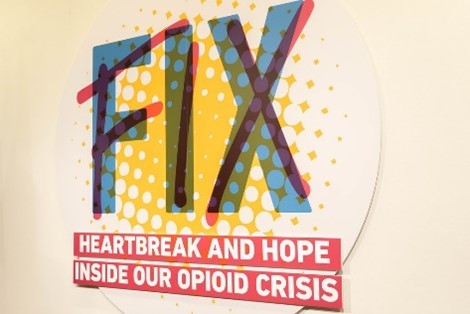|
Researchers recently conducted a comprehensive opioid overdose vulnerability assessment of Indiana to highlight the Indiana communities at the greatest risk of fatal opioid overdose and other adverse opioid-related outcomes. Researchers complied county-level surveillance data from federal and state data systems for 2017. Using descriptive Geographic Information System mapping, researchers identified high rates of opioid-involved overdose mortality, opioid-related emergency department visits, and opioid-related arrests in east central Indiana. In comparison, southwest Indiana had relatively low levels for all three variables, with the exception of Vanderburgh County. The urban centers of Indianapolis in Marion County and Lake County (including Gary and East Chicago) accounted for 30% of all opioid overdose deaths in 2017. Through county-level opioid-involved overdose vulnerability rankings, they identified 19 counties to be the most vulnerable, 10 of which are located in east central Indiana, four are located in northwest Indiana, four are located in southern Indiana, and one is located in southwest Indiana. Of those 19 most vulnerable counties, only one was in the top quintile for treatment services and had naloxone provider accessibility in all its census tracts.
 The opioid epidemic has led to a significant number of deaths. Between 2019 and 2020 the Centers for Disease Control and Prevention reported that the COVID-19 pandemic significantly contributed to more than 81,000 drug overdose deaths in the United States. Opioid overdose requires a rapid response, which is often not available through standard emergency procedures, particularly in rural areas and densely populated urban communities. That is why researchers in the School of Public Health at Indiana University are developing and testing the effectiveness of a rapid response system for recruiting, training and linking the public to overdose events so they can administer lifesaving Naloxone/Narcan. Learn more about the Opioid Rapid Response System and register to volunteer click here: https://prevention.iu.edu/projects/orrs/.
Cris Henderson, MA, MPH is a research associate for prevention insights at the Indiana University School of Public Health-Bloomington. Henderson specializes in localized prevention programs to address opioid overdoses and has developed and deployed trainings at the local and state level, using data and technology to engage the community.
Henderson is seeking additional community partners to assist in local recruitment efforts in the following counties: Boone, Dearborn, Hancock, Madison and Monroe. If your agency is interested in learning more about this work, please email Cris Henderson crlhende@iu.edu.
 “FIX: Heartbreak and Hope Inside Our Opioid Crisis” opened last month in the Minnetrista Center in Muncie. The exhibit allows visitors to explore the science and biology behind opioid use disorder, learn about the nation’s history with other health crises, hear personal stories by Hoosiers impacted by the opioid crisis, and to explore the various roads to recovery. At the end of the exhibit, visitors will find resources about the topic and where/how to get help for themselves and others. The FIX exhibit will remain on display at Minnetrista through May 1, 2022.
Looking for drug overdose data? State and county level data relating to drug overdose deaths, nonfatal overdoses, opioid prescribing and much more can be found on the Drug Overdose Dashboard. Additional overdose data can be found on StatsExplorer. Please reach out to the DOP team to ask data questions.
|